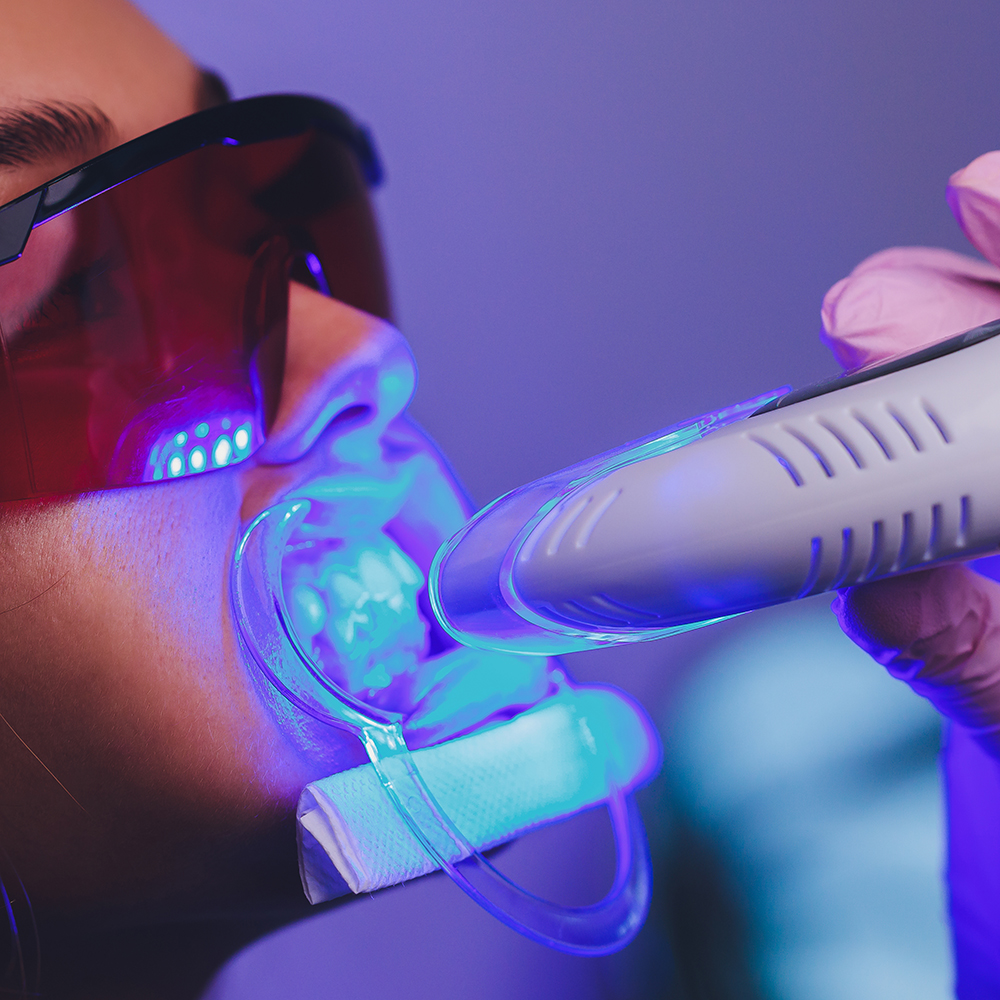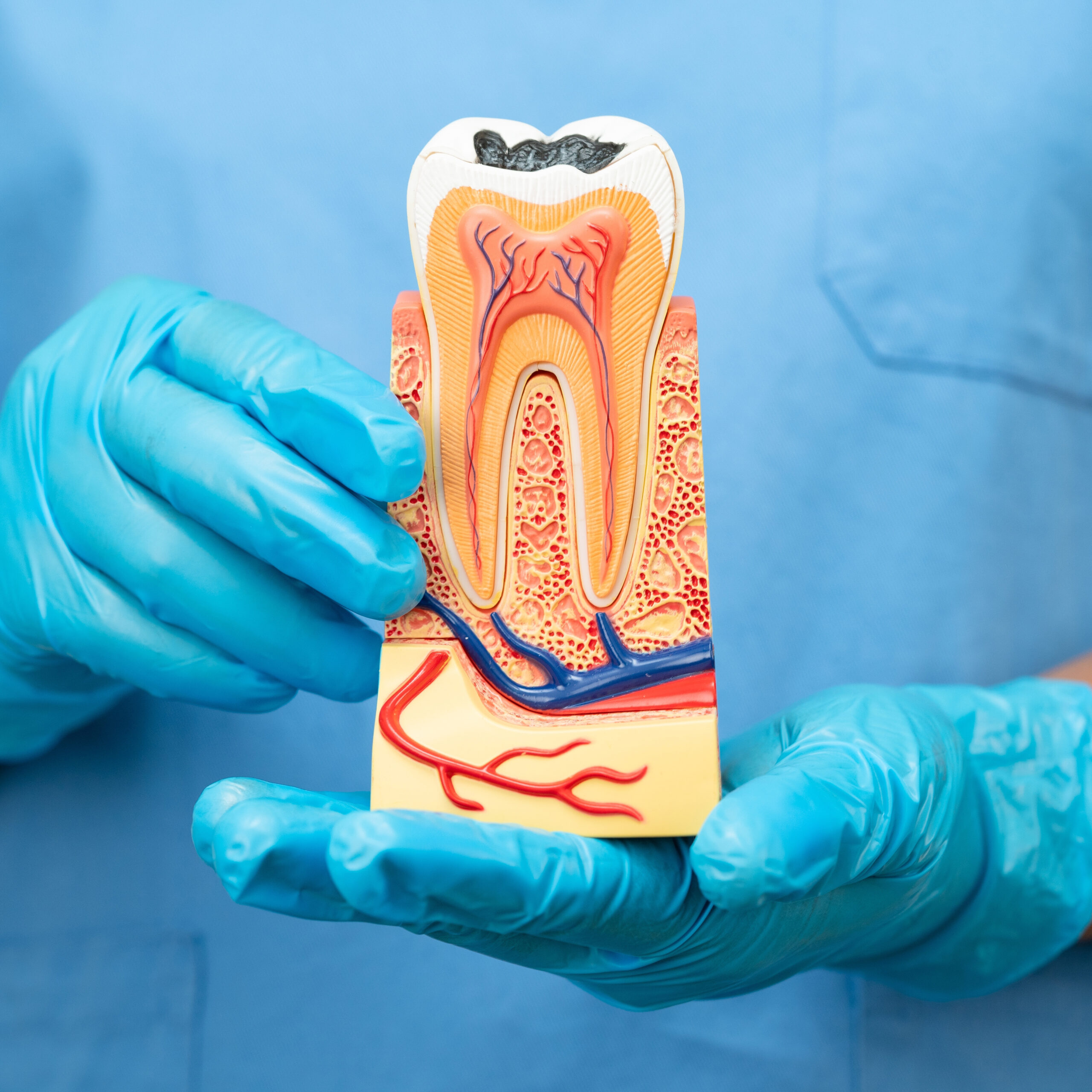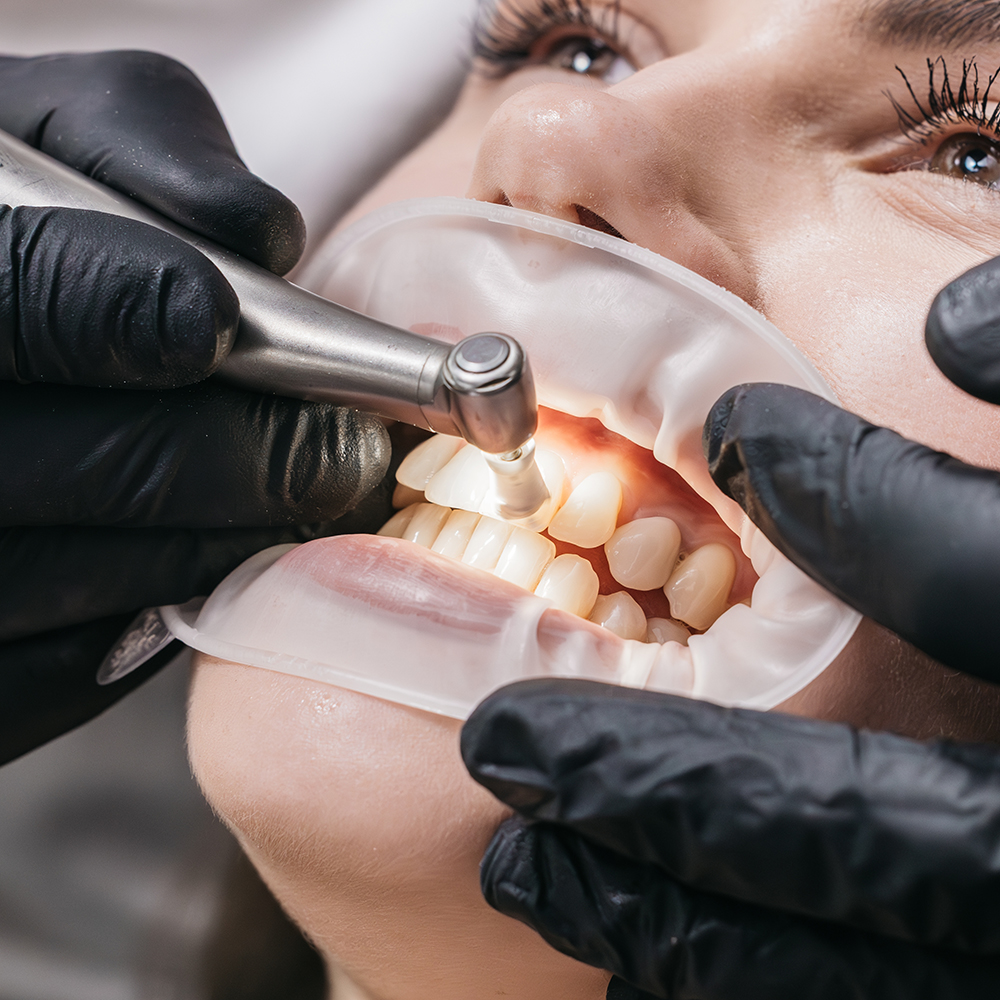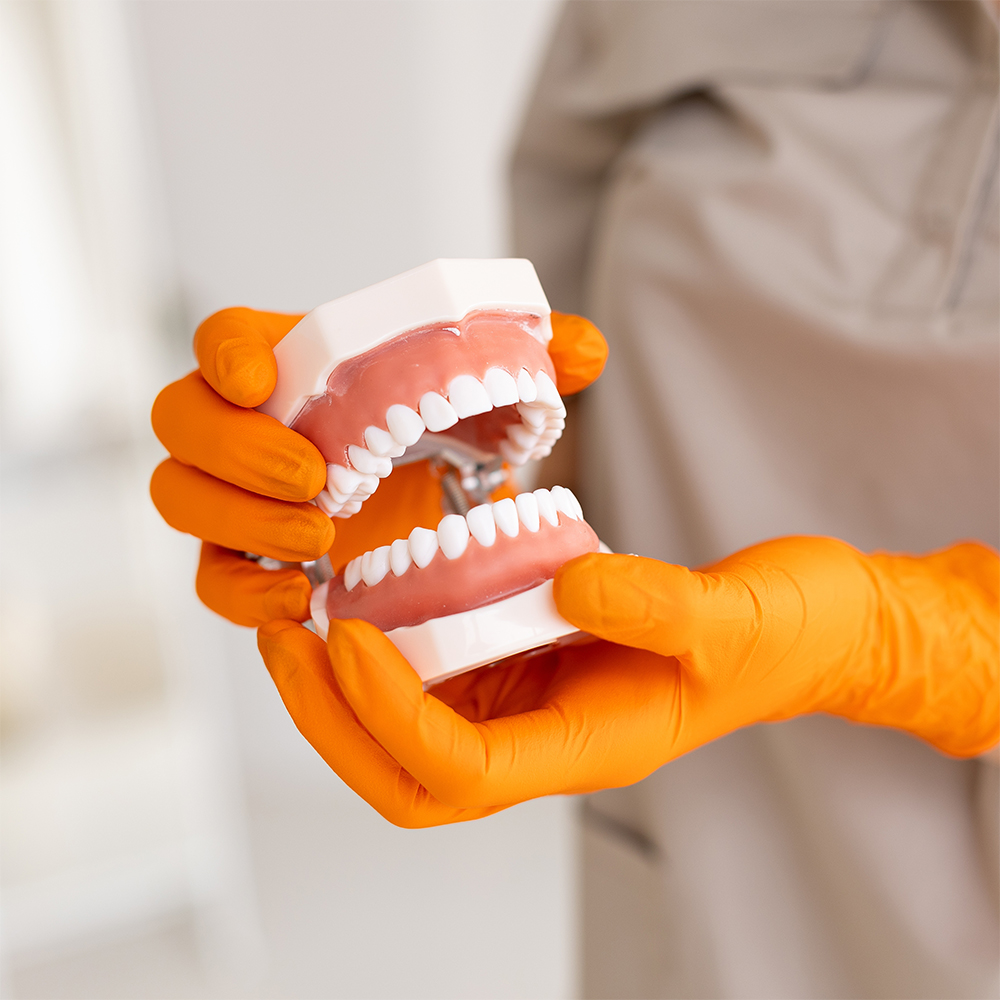Dental Crown Procedure, Cost, and Types: Complete 2025 Guide for Every Tooth

Introduction: Why a Dental Crown Could Be the Best Investment for Your Tooth
Your teeth go through a lot—grinding, chewing, accidents, or decay. When damage strikes and your tooth structure is compromised, a dental crown may be the ultimate solution. This tooth-shaped cap not only restores function but also improves appearance and longevity.
In this comprehensive guide, we’ll explore the entire dental crown procedure, including how a crown fits, the various types of dental crowns, how crowns are made, and what kind of care they need. Whether you’re dealing with a damaged tooth, a dental implant, or covering a crown, this article answers all your questions.
What Is a Dental Crown and How Does It Work?
A dental crown is a custom-made tooth crown placed over an existing tooth or dental implant. It serves as a protective shell to cover and protect the tooth while enhancing its shape and appearance. Crowns are also used to restore function after treatments like root canals.
Crowns are created to resemble your natural tooth, and thanks to modern technology, they can be fabricated in various materials depending on function, aesthetics, and budget.
When Is a Dental Crown Needed?
A crown may be recommended by your dentist in the following cases:
To restore a large area of the tooth damaged by decay
To hold together parts of a cracked tooth
To reinforce a weak or worn-down tooth
After a root canal to strengthen the structure
To cover dental implants
As support for bridges and dental implants
For cosmetic improvement of severely discolored or misshaped teeth
When there’s no enough filling material left to restore the tooth
Types of Dental Crowns: Which Crown Works Best?
Porcelain-Fused-to-Metal Crowns
These are widely used because they combine strength and natural looks. The metal core provides durability while the porcelain layer mimics the appearance of a natural tooth.
All-Porcelain Crowns
Best for front teeth, all-porcelain crowns offer unmatched aesthetics. They are biocompatible, meaning they contain no metal, but are slightly more fragile than their metal counterparts.
Zirconia Crowns
Monolithic zirconia crowns are incredibly durable and often used for molars. They are milled from a solid block, providing a long-lasting solution for heavy chewing.
Metal Crowns
Made from alloys like gold or nickel, metal crowns are very strong and rarely chip or break. Ideal for back teeth where aesthetics are less of a concern.
Stainless Steel Crowns
These are usually temporary crowns or used in pediatric dentistry. A stainless steel crown is pre-fabricated and placed in a single visit.

How the Dental Crown Procedure Works
Initial Visit and Tooth Evaluation
Your dentist will assess the condition of your tooth, take X-rays, and determine if a dental crown procedure is necessary. In some cases, a root canal or tooth filling might be required first.
Tooth Preparation
The tooth for a crown is reshaped to make space. If not enough structure remains, a filling material might be used to build it up.
Impression and Temporary Crown
After shaping, an impression is taken and sent to a dental laboratory. A temporary crown is placed using temporary crown cement.
Permanent Crown Placement
On the second visit, the crown is ready and tested for fit and color. If it’s acceptable, it’s cemented using strong dental cement. That’s when the crown is placed permanently.
Same-Day Crowns: Dental Innovation in One Visit
Some clinics offer same-day crowns, using CAD/CAM technology. In this approach:
The crown is made in-office
No need for a temporary crown to cover
One anesthetic shot
Crown placement happens immediately
Fast and efficient, but not always ideal for complex cases.
How Long Do Dental Crowns Last?
Lifespan of a Dental Crown
Resin: 5–7 years
Porcelain-fused-to-metal: 10–15 years
Zirconia or metal: 15–25 years
With proper dental care, some crowns last between five and 30 years!
Dental Crown Cost: What to Expect in 2025
Crown Costs by Material
| Crown Type | Avg. Cost (USD) |
|---|---|
| Stainless Steel | $250–$500 |
| Resin | $300–$600 |
| Porcelain-Fused-to-Metal | $900–$1,400 |
| All-Porcelain | $1,200–$2,500 |
| Zirconia | $1,500–$2,700 |
| Metal | $1,000–$2,200 |
The price varies by material, region, and whether the crown is created in a dental laboratory or same-day.
Common Problems With Dental Crowns
Crown feels loose or painful
Crown comes off due to failed dental cement
Improper crown fits or bite issues
Sensitivity or pain after placement
Poor crown placement may require rework
Decay around the crown and surrounding teeth
How to Care for a Dental Crown
Proper Dental Care Tips
Brush your teeth twice a day
Use fluoride toothpaste
Floss around the crown
Avoid hard and sticky foods
Wear a night guard if you grind your teeth
Professional Maintenance
Visit your dental office every 6 months
Dental crowns can restore function, but check for wear
Ask your dentist if your crown material is still intact

FAQs About Dental Crowns
With proper care, crowns last 10–20 years or longer depending on material.
Zirconia crowns or metal crowns due to their strength.
Yes, if dental cement weakens. It can be re-cemented if undamaged.
Not during. Your dentist will numb the tooth completely.
Signs include: bad breath, pain, crown feels loose, or visible gaps.
Yes, especially stainless steel crowns on baby molars.
A crown protects the tooth by encasing it fully and absorbing bite pressure.
Over 6 common types of dental crowns including resin, porcelain, zirconia.
Yes, crowns are used to cover and finish dental implants
Crown looks vary by material. Porcelain and zirconia offer the most natural look.
Conclusion: Is a Dental Crown Worth It?
Absolutely. From a cracked tooth to permanent crown will be placed after a root canal, the dental crown is a reliable solution. It can save your smile, protect your tooth, and restore function. Just ensure your crown placement is accurate, your dental care is consistent, and your dental visits are regular.
When crafted well, a crown becomes a tooth-shaped cap that offers long-lasting value and confidence—bite after bite, smile after smile.

This article has been reviewed by a certified dental specialist Oguzhan Sunar for medical accuracy










